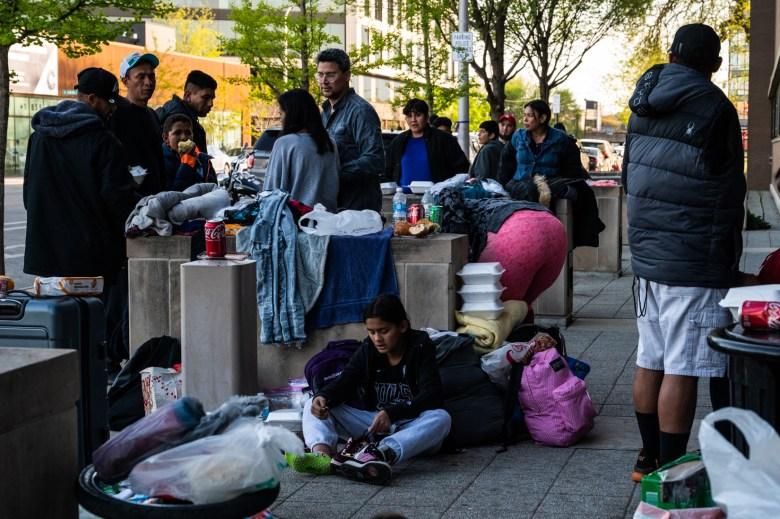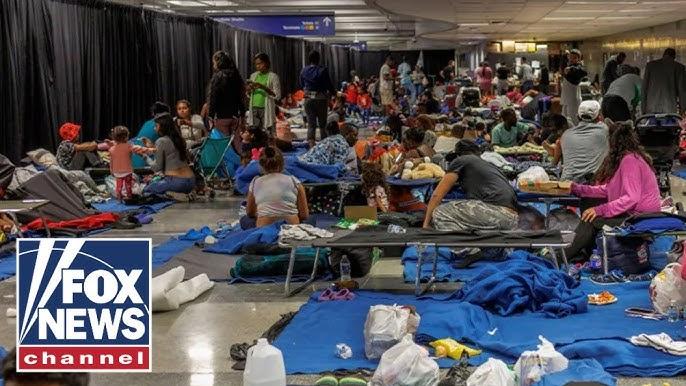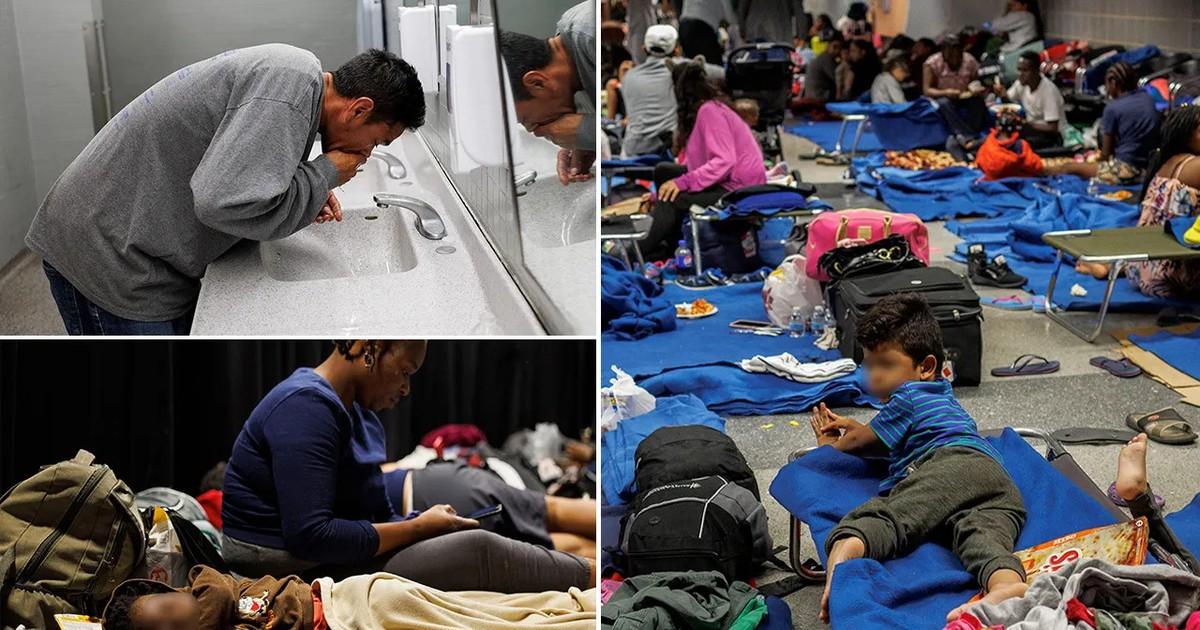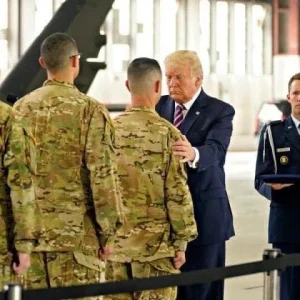The United States is grappling with an escalating migration crisis that is exerting unprecedented pressure on its economy, driving the nation deeper into a quagmire of mounting debt. As thousands of migrants cross the southern border each month, seeking asylum or better economic opportunities, the financial burden on federal, state, and local governments has reached critical levels. The costs associated with border security, humanitarian aid, and integration programs are spiraling, while the broader economic implications threaten to destabilize an already strained fiscal landscape. This crisis, rooted in complex global and regional dynamics, is not only a humanitarian challenge but also a fiscal one that demands urgent attention.

The influx of migrants, primarily from Central America, has overwhelmed border facilities. Customs and Border Protection agencies report apprehending tens of thousands of individuals monthly, with numbers fluctuating but showing no signs of abating. Processing these migrants requires significant resources—housing, food, medical care, and legal proceedings all come with hefty price tags. Temporary detention centers, often overcrowded, demand constant funding for staff, infrastructure, and supplies. Beyond the border, local communities in states like Texas, Arizona, and California bear the brunt of providing immediate assistance, from emergency shelters to healthcare services. These expenses, often unbudgeted, strain municipal resources and divert funds from other critical areas like education and infrastructure.

The federal government’s response has been a patchwork of policies, each with its own financial implications. Increased border security measures, including the deployment of additional agents and technology, have ballooned the Department of Homeland Security’s budget. In 2024 alone, billions were allocated to border enforcement, yet the flow of migrants persists. Meanwhile, humanitarian aid programs, designed to provide temporary relief to asylum seekers, have become a long-term financial commitment. The Office of Refugee Resettlement, tasked with supporting unaccompanied minors and families, has seen its funding needs skyrocket, with costs for foster care, legal aid, and resettlement services adding to the fiscal strain.
The economic ripple effects extend far beyond immediate border costs. Migrants, once processed, often settle in urban centers, placing pressure on public services. Schools in cities like Houston and Los Angeles report overcrowding and a need for additional resources to accommodate non-English-speaking students. Healthcare systems, already stretched thin, face increased demand for uncompensated care, as many migrants lack insurance. While some argue that migrants contribute to the economy through labor and consumption, the immediate fiscal impact often outweighs these benefits, particularly in communities unprepared for rapid demographic shifts. Local governments, unable to absorb these costs, frequently turn to federal assistance, further inflating the national deficit.
The U.S. national debt, already exceeding $33 trillion, is exacerbated by these mounting expenses. Policymakers face a dilemma: tightening immigration policies risks diplomatic backlash and humanitarian criticism, while lax enforcement perpetuates the cycle of costly inflows. Proposed solutions, such as comprehensive immigration reform or international agreements to address root causes like violence and poverty in Central America, have stalled in Congress. Partisan divides have left the nation without a cohesive strategy, allowing the crisis to fester and its economic toll to grow.
Critics argue that the current approach is unsustainable. Economists warn that unchecked spending on migration-related programs, without corresponding revenue increases, could push the debt-to-GDP ratio to dangerous levels. Others highlight the human cost of inaction, noting that migrants fleeing violence and economic collapse deserve compassion. Balancing these priorities requires innovative solutions—perhaps public-private partnerships to fund integration programs or international cooperation to stabilize migration source countries. Yet, as political gridlock persists, the economic consequences continue to mount.
The migration crisis is a multifaceted challenge that tests the resilience of the U.S. economy. Without a clear path forward, the nation risks sinking deeper into debt, with ripple effects that could undermine long-term financial stability. Addressing this issue demands not only fiscal prudence but also a commitment to tackling the root causes of migration, both domestically and abroad. As the crisis unfolds, the urgency for a sustainable solution grows ever more pressing.







